The Next Era of Residential Ventilation
10/14/2025Opting for a residential ventilation system delivers superior indoor air compared to manual airing. Yet, monitoring actual indoor air quality (IAQ) parameters is equally vital—it boosts health and well-being while unlocking extra energy-saving potential for households’ ventilation setups.
At the core of effective residential ventilation systems lie fans, which drive air exchange and need to be highly efficient, powerful, and quiet. ebm-papst provides tailored product solutions for diverse applications, ranging from centralized to decentralized residential ventilation systems equipped with heat recovery.
When it comes to centralized residential ventilation, the second generation has raised the bar for efficiency. The RadiCal fan proved its reliability over a decade of use in centralized units, and now its successor—the second-generation model—sets new benchmarks. Aerodynamic enhancements include “twisted” blade shapes and a fully redesigned housing with diagonally placed struts. Compared to its predecessor, the RadiCal 2 boasts higher peak efficiency, greater air flow, and a notable noise reduction of up to 3 dB (A). Additionally, the new FlowGrid and upgraded EC motors further reduce noise in the ventilation unit.
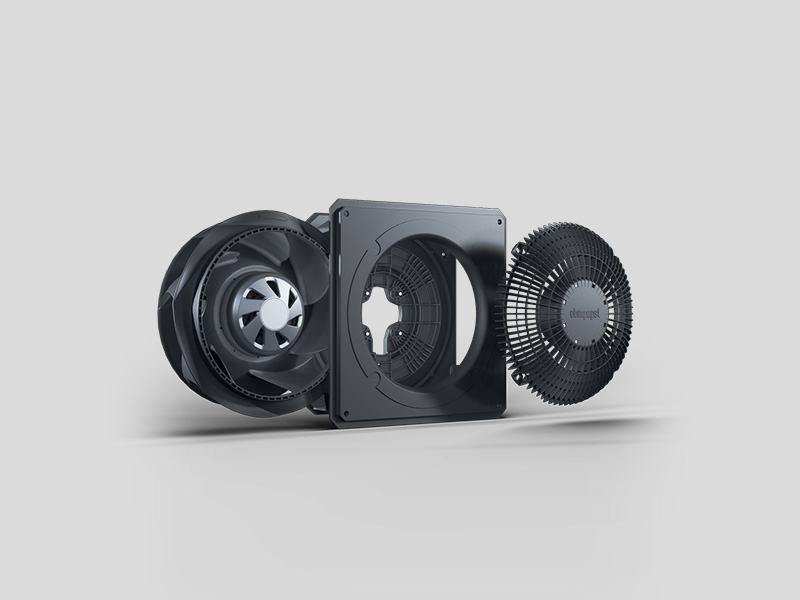
For decentralized residential ventilation, systems like push-pull setups are commonly used. The fan installed here must be reversible and maintain a consistent air flow in both rotation directions, even when wind conditions fluctuate. The AxiRev fan is specifically engineered for this purpose: it features an extremely steep pressure/air flow curve and delivers performance that remains unaffected by weather changes. Its blade design is patented, and the blade tips plus openings at the blade ends ensure minimal noise output.
Elevating ventilation performance also relies on prioritizing IAQ. IAQ focuses on measuring, monitoring, and enhancing factors that guarantee healthy indoor air—such as the number of occupants, furniture, carpets, and even technical devices. These factors lead to measurable indicators like CO₂ levels, fine dust concentration, and air moisture content. To manage IAQ effectively, sensors are needed to track these parameters, along with a platform that analyzes the data, makes it accessible, and optimizes the building’s control system accordingly. ebm-papst’s neo line offers both sensors and gateways for this purpose, allowing residents to always have real-time insights (e.g., into indoor CO₂ levels) and enabling the system to adjust automatically.


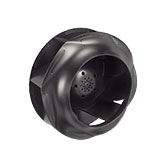
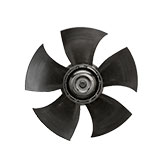
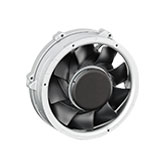
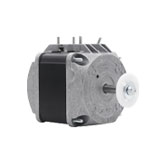
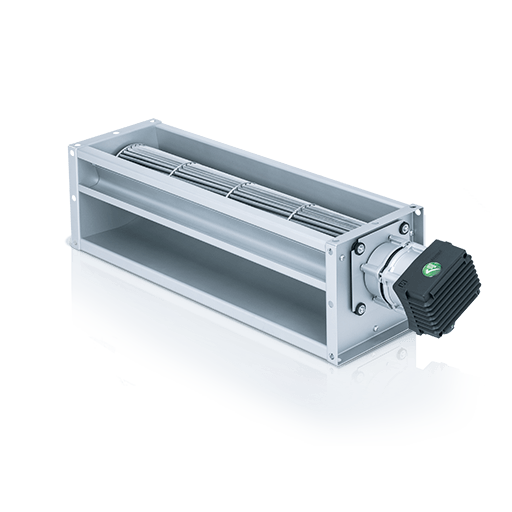
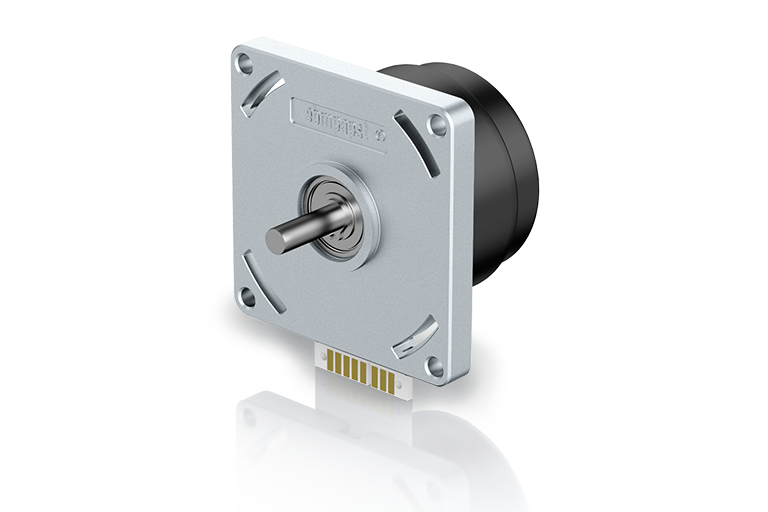
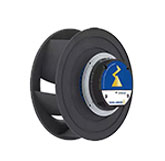
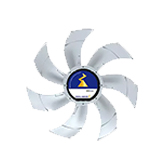
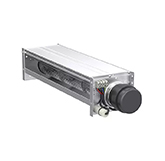
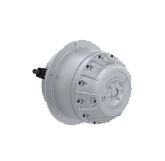
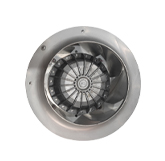
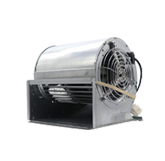
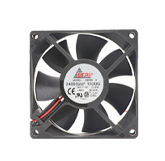
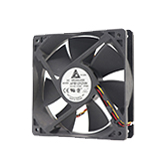
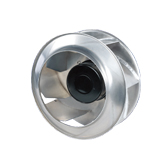
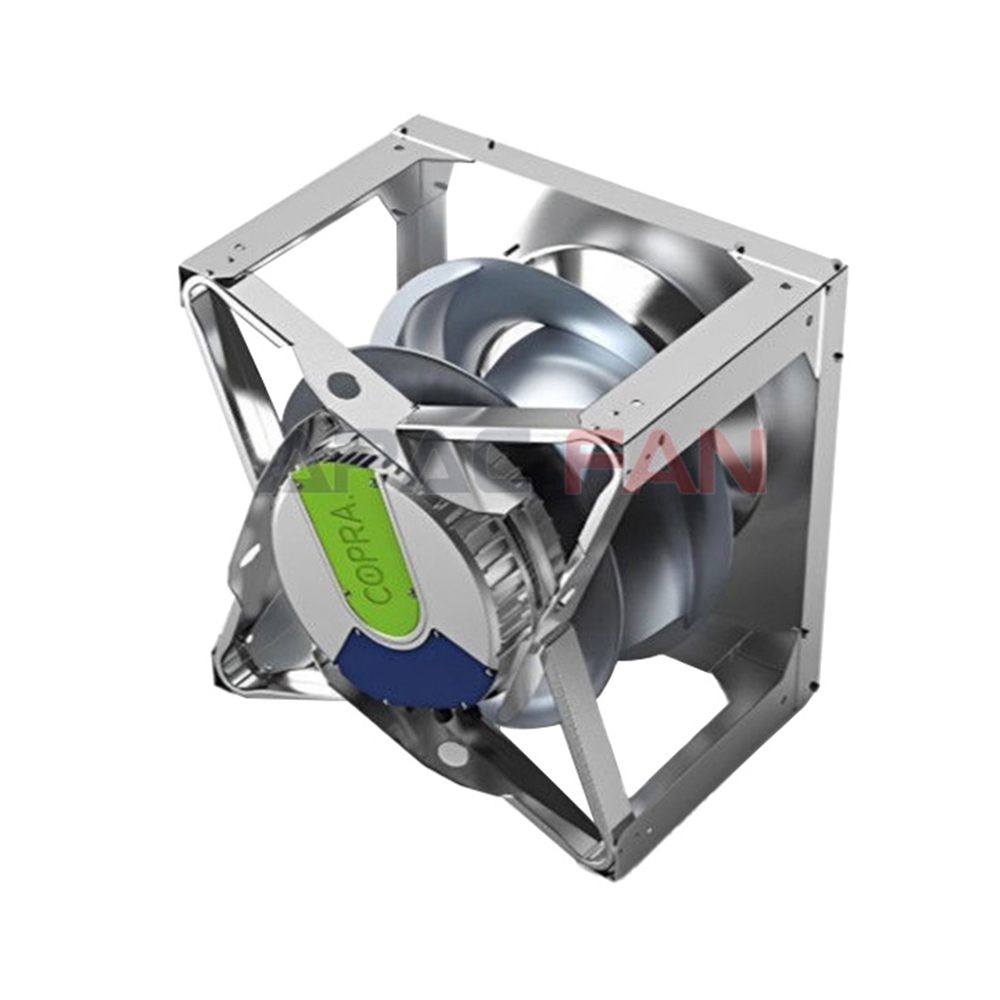
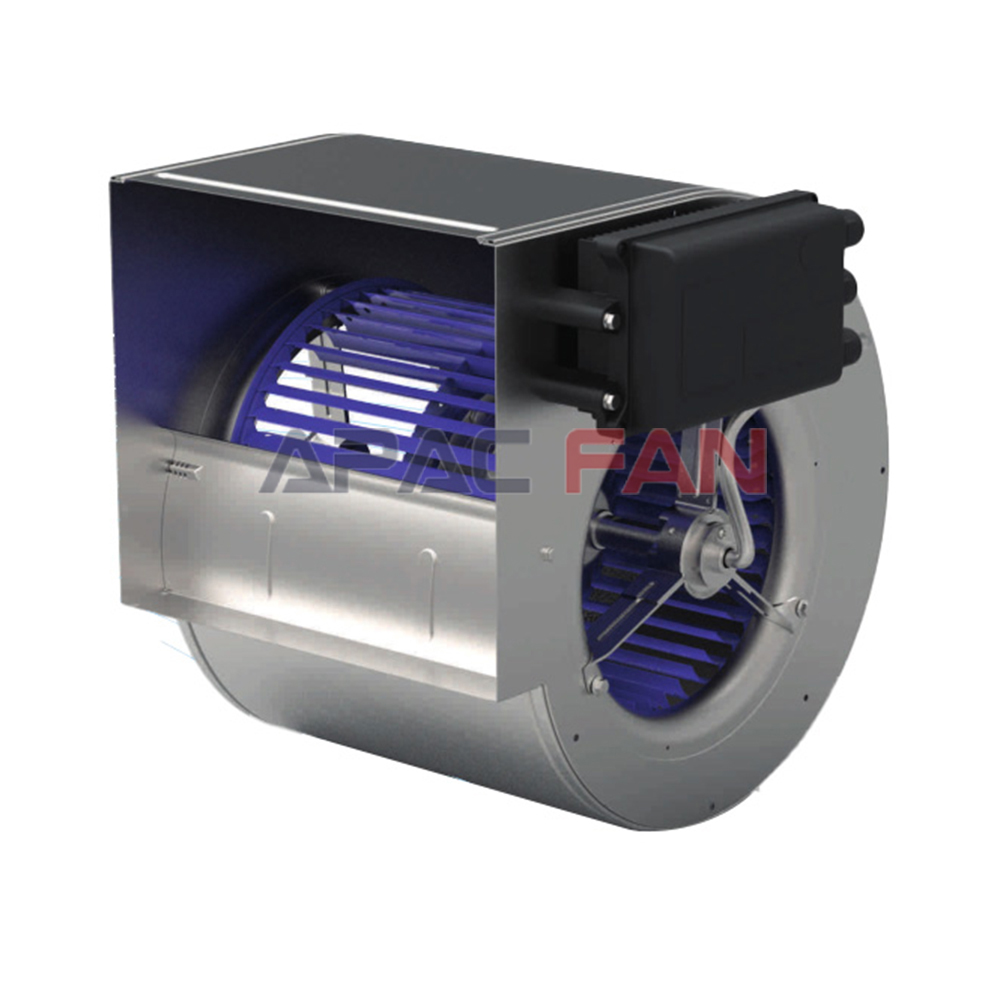
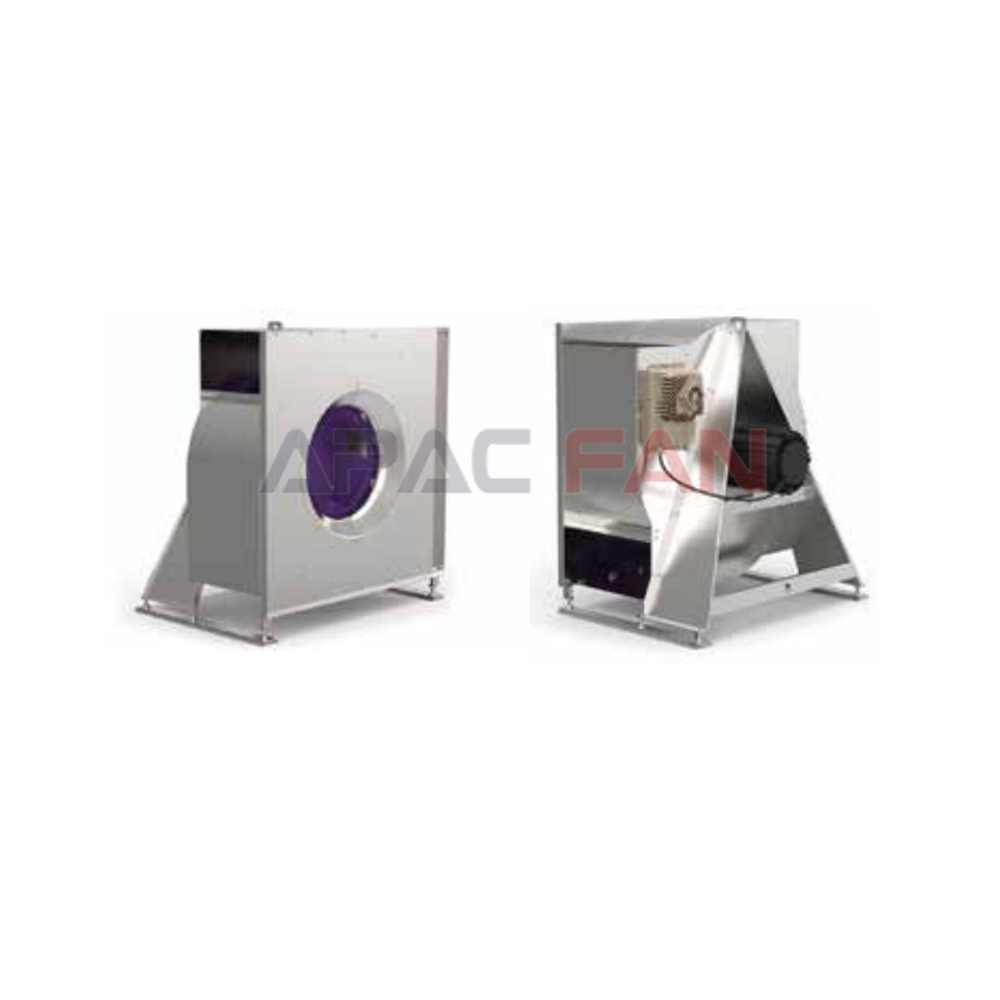
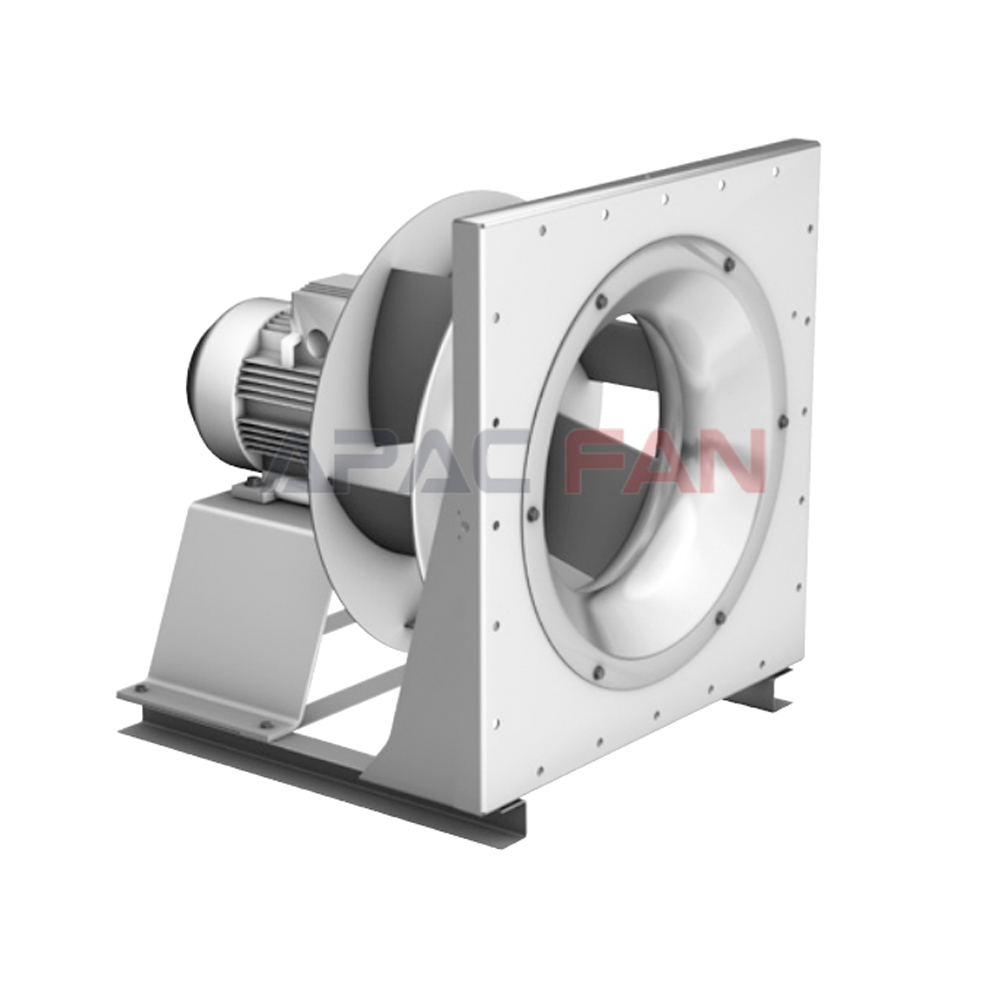
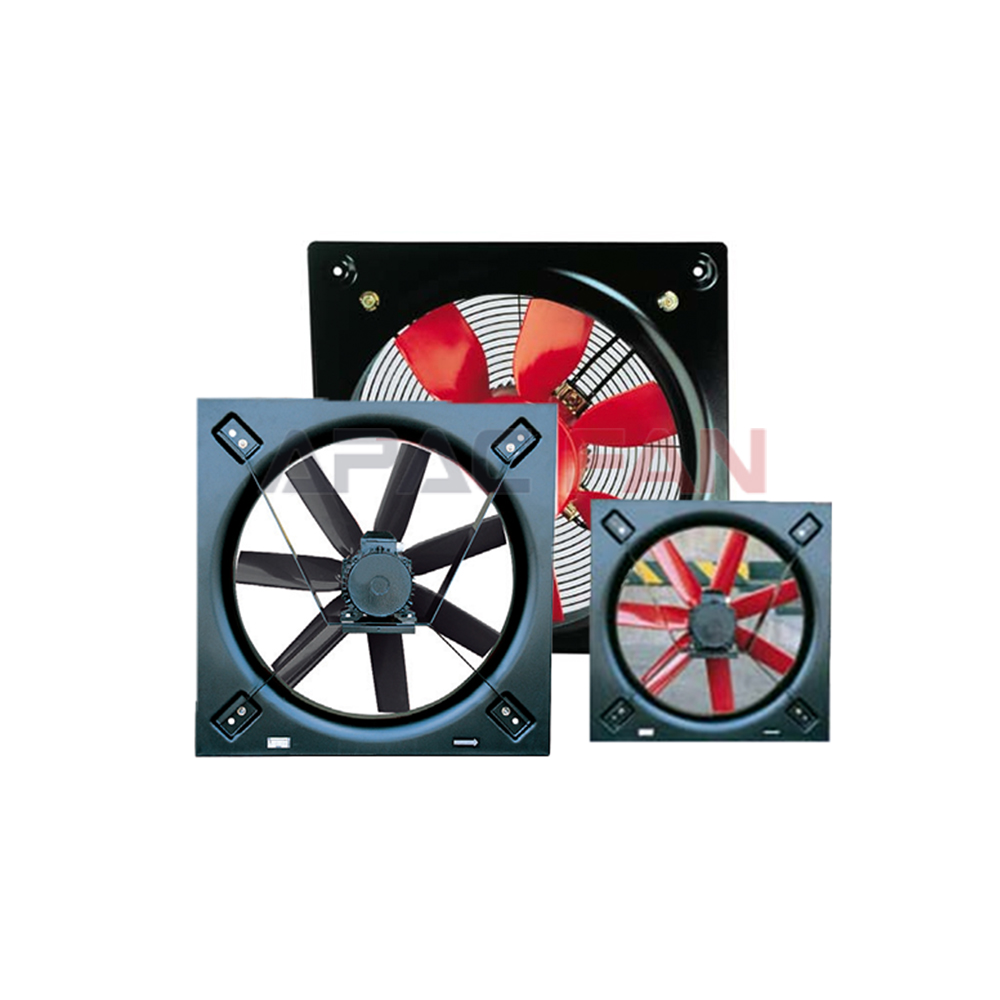
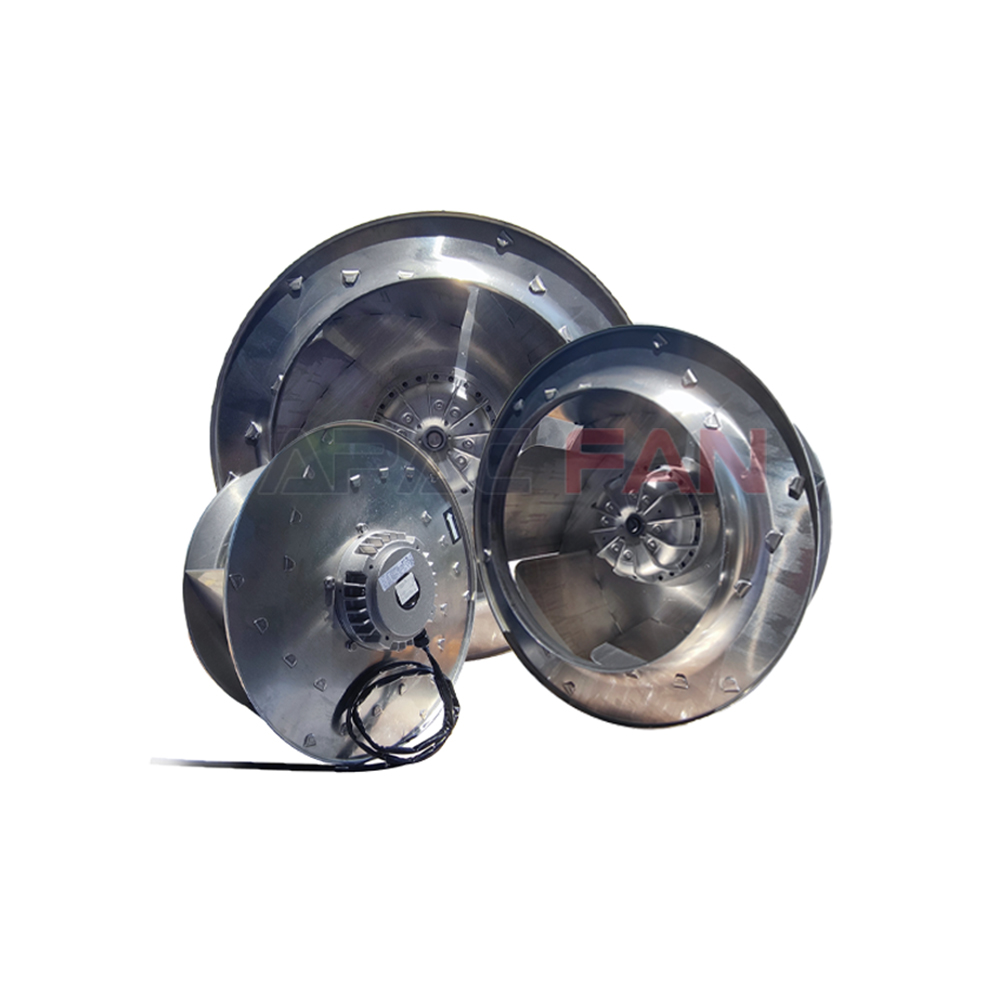
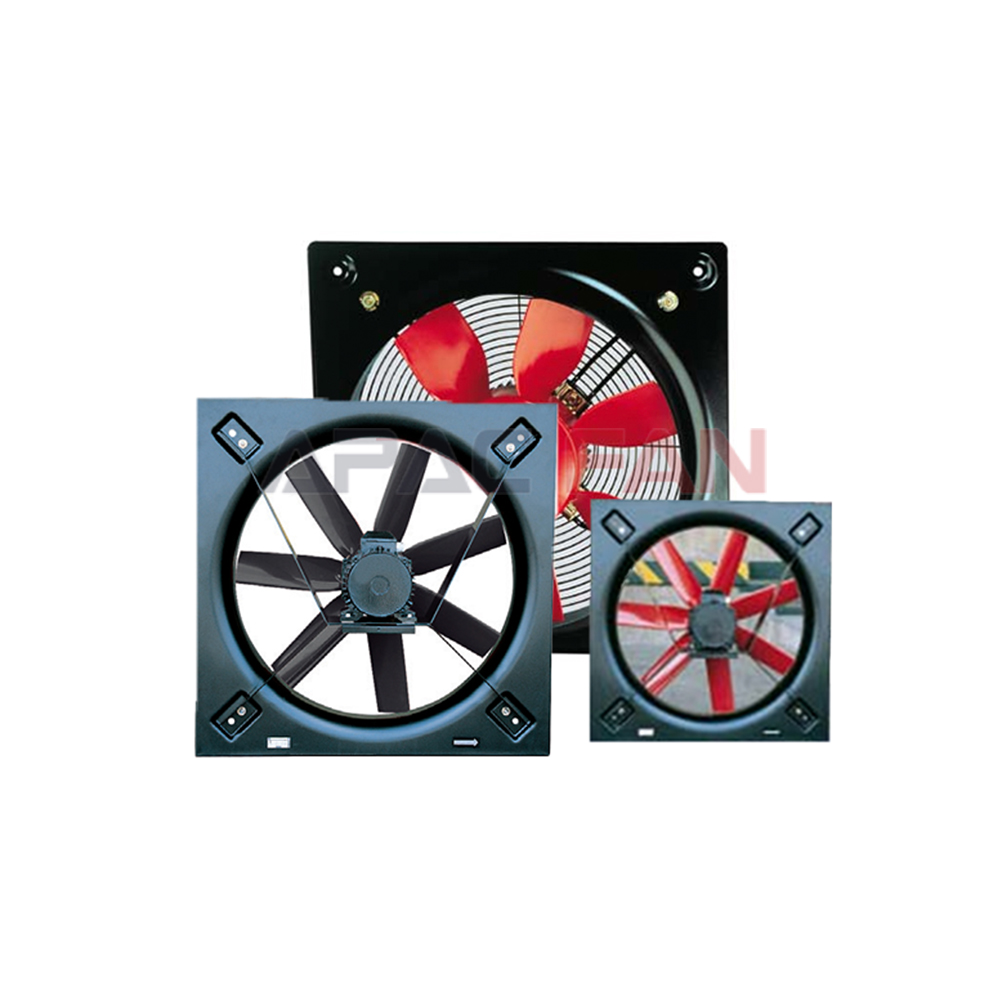
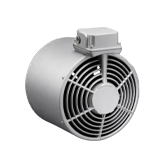
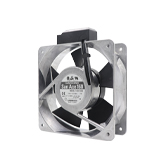
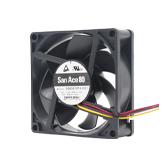


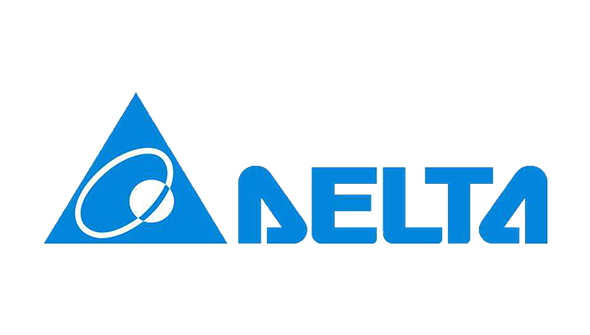






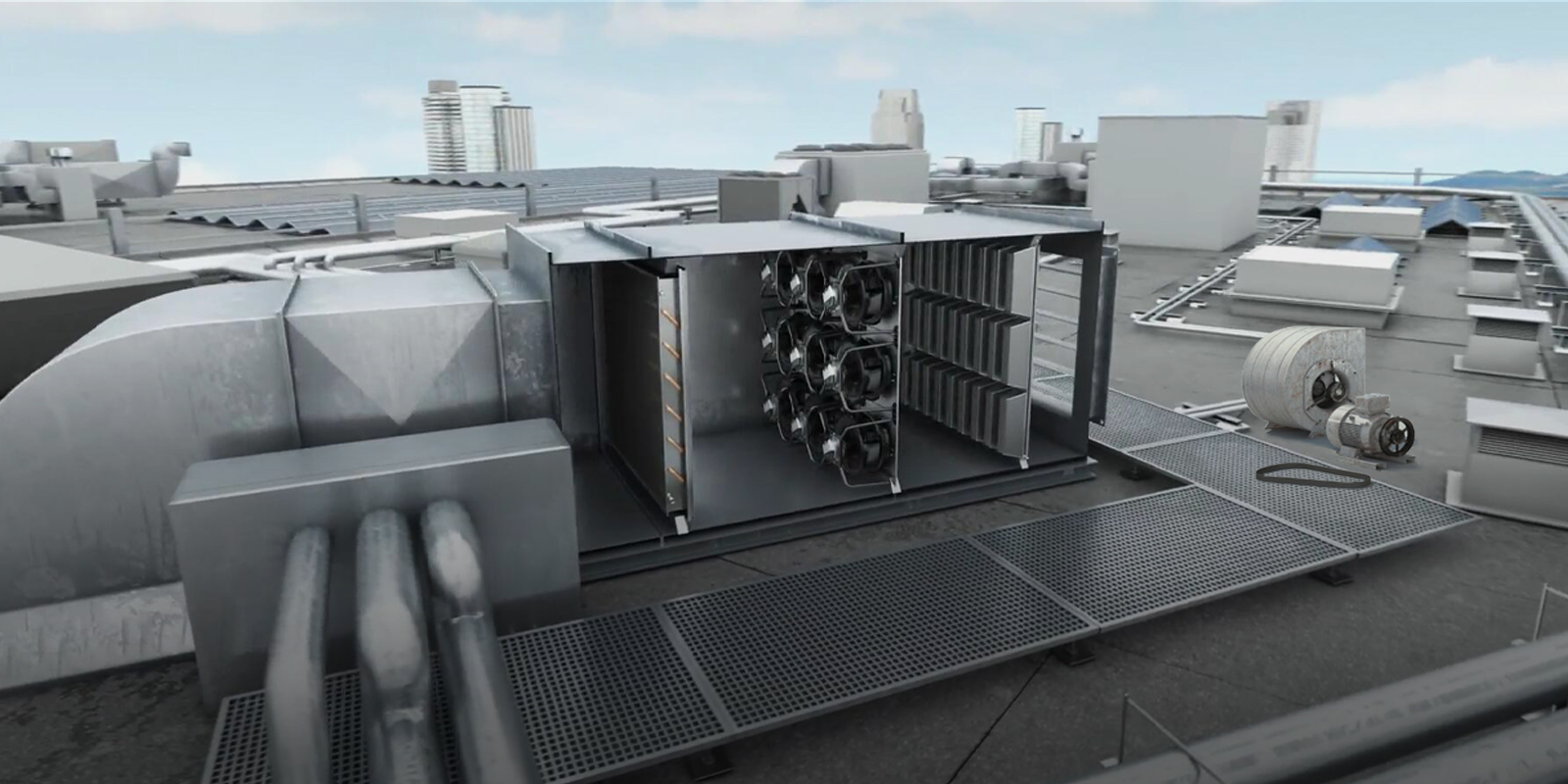

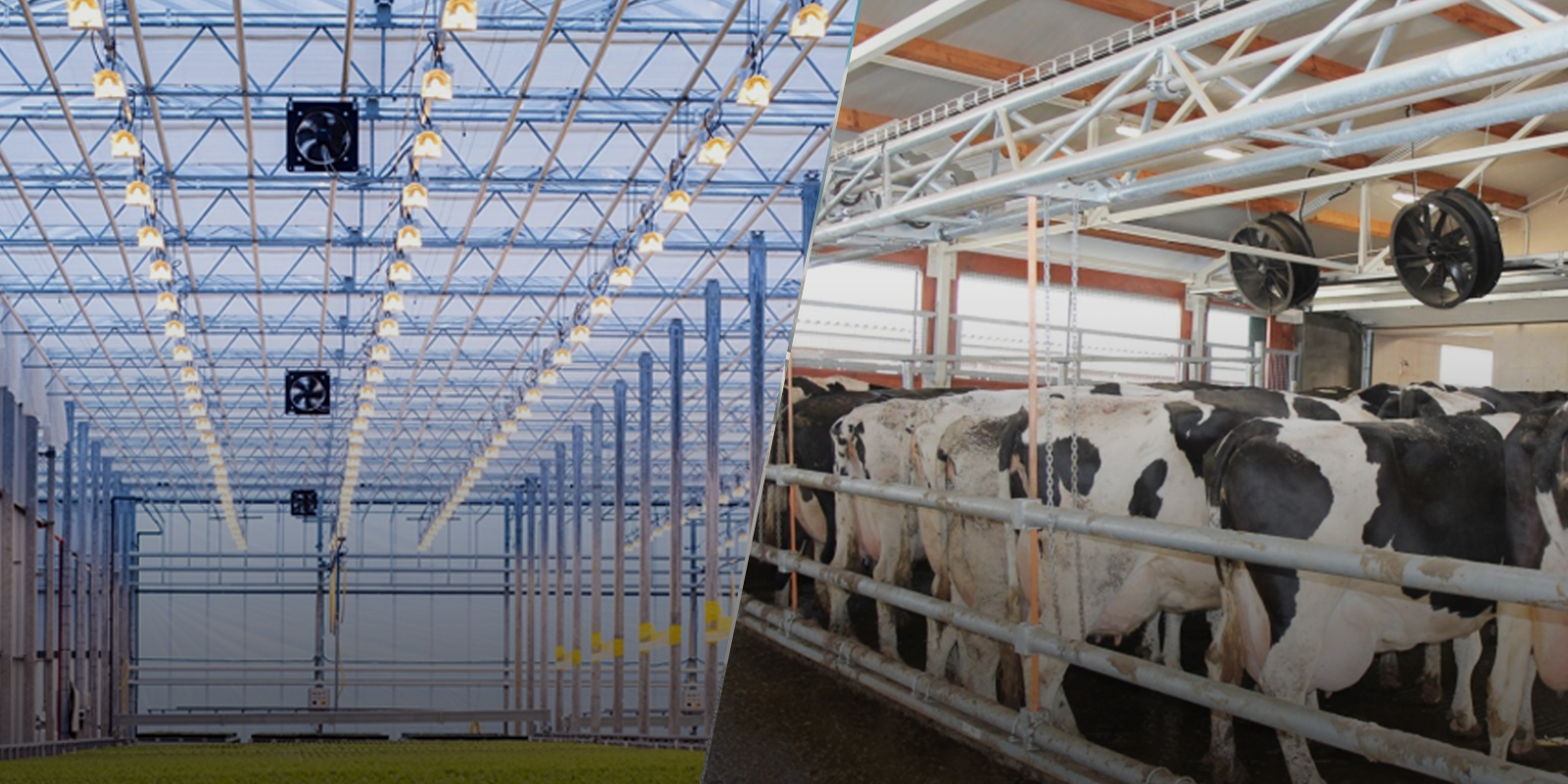

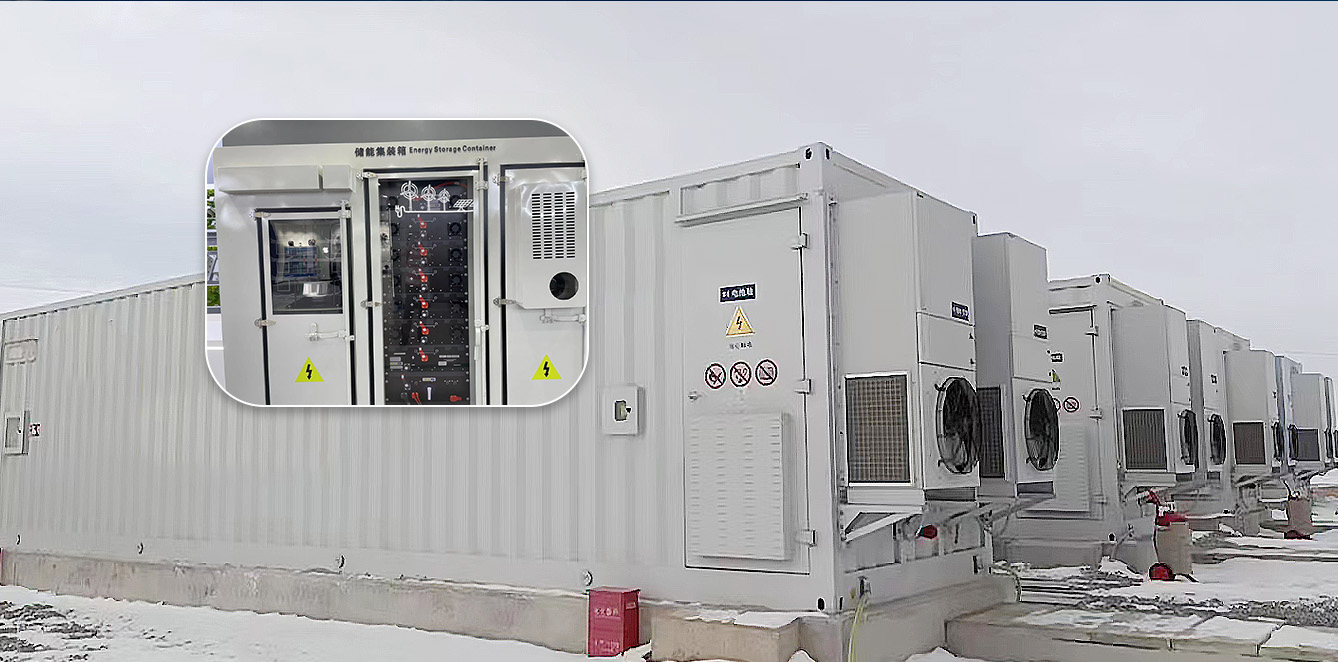
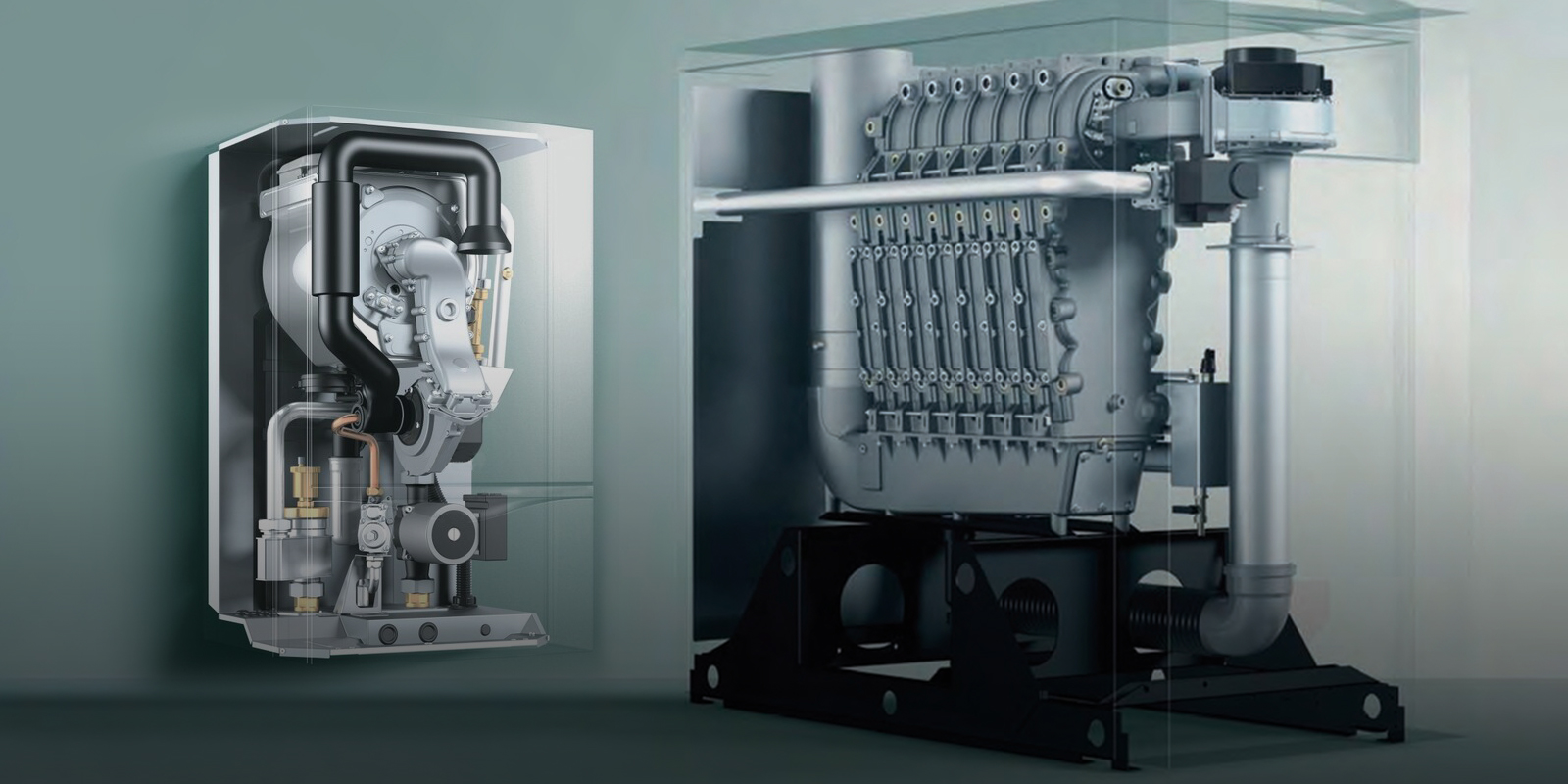




 English
English Français
Français Deutsch
Deutsch Português
Português Español
Español русский
русский  한국어
한국어 العربية
العربية Italiano
Italiano Indonesia
Indonesia Schweiz
Schweiz Polski
Polski Nederlands
Nederlands ישראל - עברית
ישראל - עברית Perzisch
Perzisch ไทย
ไทย 日本語
日本語 ኢትዮ-አማርኛ
ኢትዮ-አማርኛ Việt Nam
Việt Nam Kiswahili
Kiswahili Srpski
Srpski Ελληνικά
Ελληνικά 繁體中文
繁體中文
